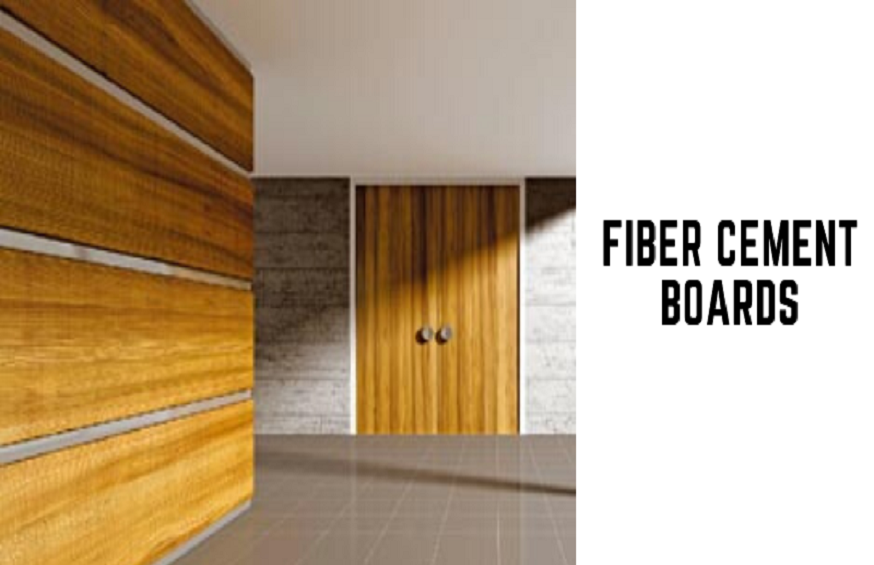Well, if you’ve decided to upgrade your house and are looking for a more affordable, good looking and long-lasting material, a cement board is the right choice for you.It’s essentially a time-saving building material that allows flooring, tiling, and kitchen counter installations happen faster and aesthetically better over time.
This board, on the other hand, is quite durable. As well as it ensures stability. If you’ve come across a cement backer board and don’t know what it is or how you can use it in different ways, don’t worry because we’re going to teach you how to make the best use of the board as well as discuss some other important details.
Cement Backer Board- What it is?
Let’s start with a definition of cement board. It’s made of water, cement, silica, limestone flour, and extra-durable fibres like Kevlar or fibreglass. For perpendicular flooring, cement boards can be pinned or fastened to wood or steel studs. They can also be attached horizontally to plywood for kitchen counters, and floor tiles.
Boards are typically 4 ft. by 8 ft. in size and range in density from 12 to 14 inch. It could only be cut with a carbide-tipped blade, which generates a layer of dust and should be handled or done in a good ventilated workplace that has experience related to this.
How to Make the Best Use ofCement Boards?
Well, you can use cement boards in a variety of ways; it’s basically used anywhere because it adds strength and support to the material and is extremely useful. It can be used to add a layer to almost any piece of furniture. It can be used both outside and inside, and it can be attached to both wood and steel itself.
Let’s take a look at some of the best uses for cement boards:
Base On Ceramic Tile Flooring:
The first way to make the best use of cement boards is to use the basic cement boards to form a base on the tile to make it subtle. Because these boards comply well with both wood and tiles as well as provide a smooth and sturdy texture, they are quite popular in this regard.
Thinnest, grout, and mortar abide well to cement boards due to their porous nature. In comparison, when exposed to moisture, the cement backer board doesn’t really rot, deform, mould, or get worse. You could cut the board with a handsaw, circular saw, jigsaw, or other tools.
However, if you’re doing it on your own, be cautious. Unlike wood-based materials like plywood or timber items like drywall, these boards are free of organic matter. Because of the strengthening ingredients in cement boards, these layers are far tougher and more extremely durable than concrete beds.
Exterior Cladding:
Fibre cement planks are commonly used for exterior sliding and are quite popular in this regard. And it has a very good reason for doing so, which is that it is more durable than substitutes such as vinyl siding and wood siding, as well as more cost-effective than stone and brick, and it makes great use of it.
The board, on the other hand, is incredibly resistant to external factors such as UV radiation, heat, etc. Not only are they impenetrable to birds and insects but if you like beautiful things, these boards are available in a variety of colours and styles, making them more interesting and elegant.
There is no denying the reason why fibre cement board has gained popularity because it looks like wood and is as durable as wood, but it is much cheaper and much better.
Tile Walls in the Bathroom and Kitchen:
As previously stated, these wood boards are used as a base on tile flooring, but they are also water-resistant or waterproof and are used in tile walls in the bathroom and kitchen. They are more resistant to mould and do not degrade due to constant moisture. They also have a really smooth finish, which adds to their appeal.
Conclusion
Well, if you’re trying to do it yourself, such as cutting the board and installing it, I recommend you don’t because they’re too heavy and you don’t know much about it. Unless you have prior experience, always hire a contractor. It’s a good choice for both exteriors and interiors.

